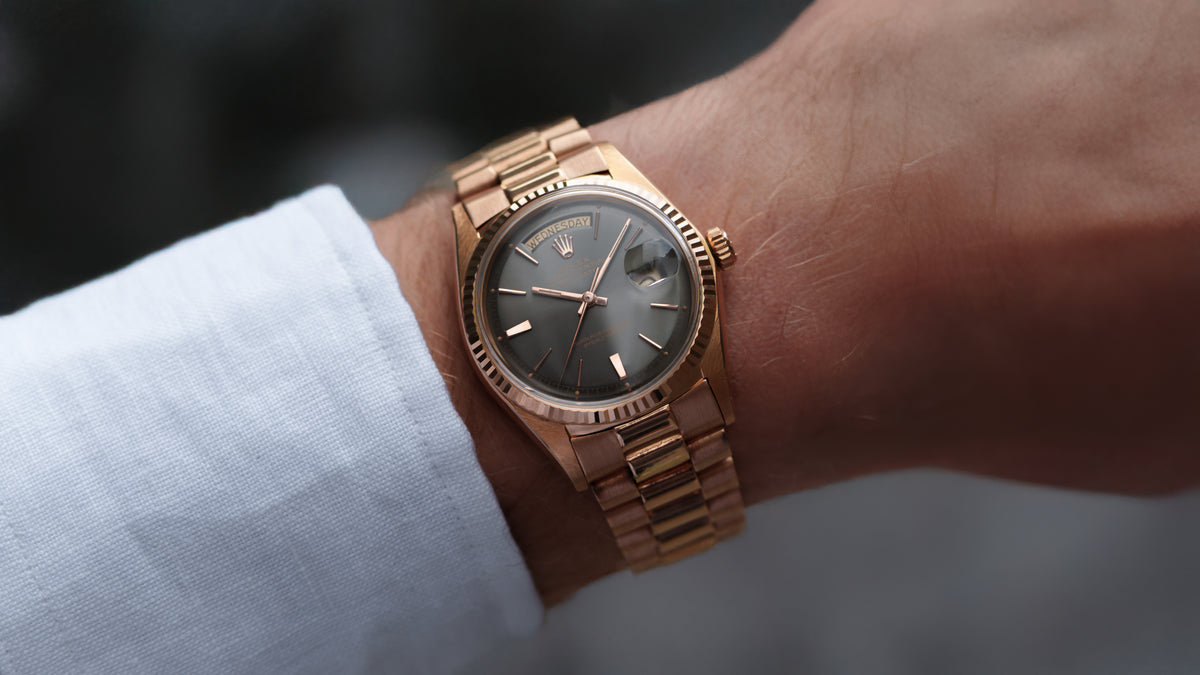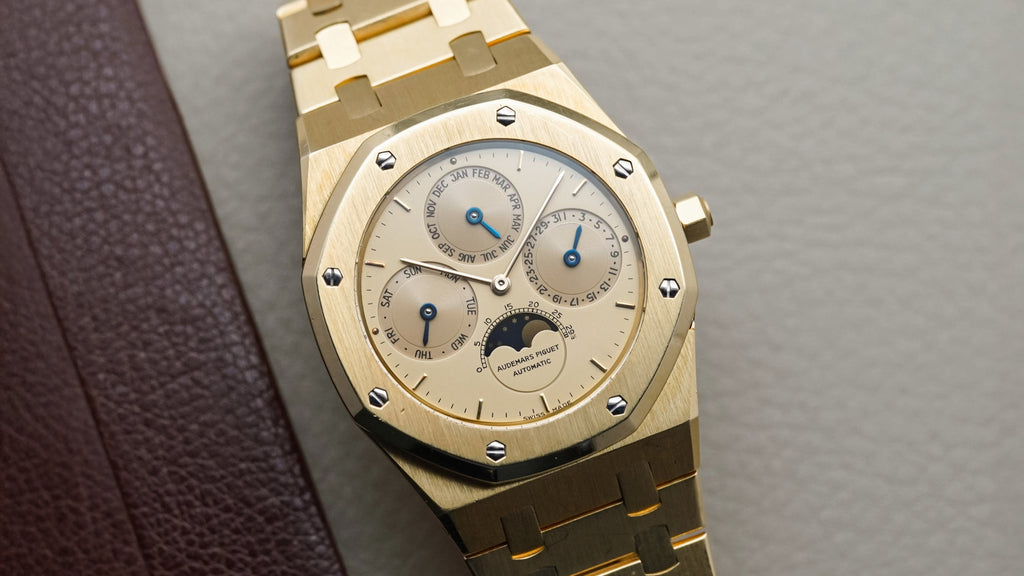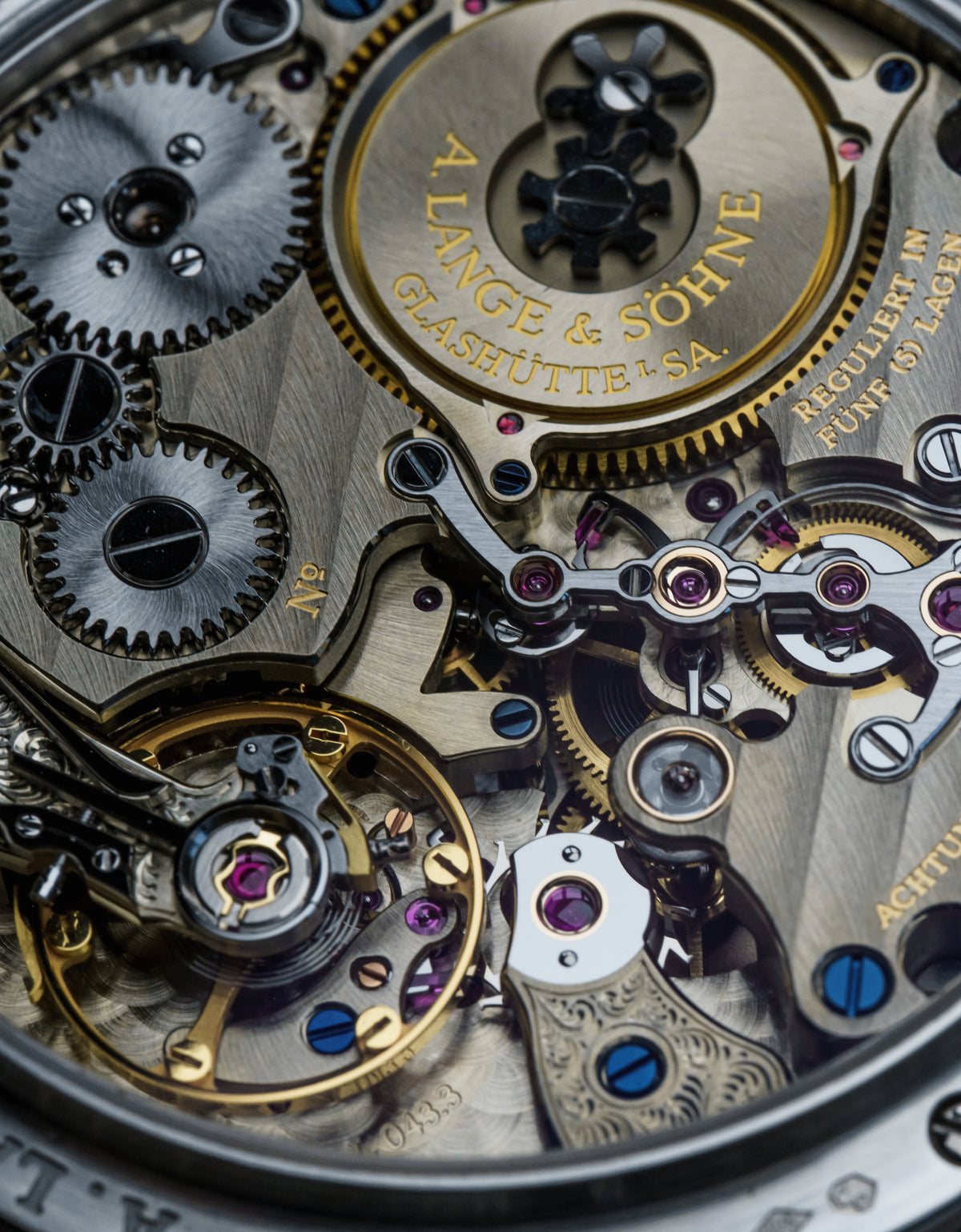EXCLUSIVES
A Careful Selection of Exceptional Watches Retailed by Hairspring
FINDS
Featured Watches, the Best on Offer From the Broader Market All in One Place
5016P Patek Philippe Minute Repeater Perpetual Calendar Tourbillon
Urban Jurgensen Reference 1
'Automatic' Dial 43031 Vacheron Constantin Perpetual Calendar
722.050 A. Lange & Söhne Lange 1 Tourbillon
Simon Brette Chronomètre Artisans Titane
25654BA Audemars Piguet Royal Oak Perpetual Calendar

Journal
Long Form Stories, Guides, and Interviews to Further Your Understanding of Horology












































